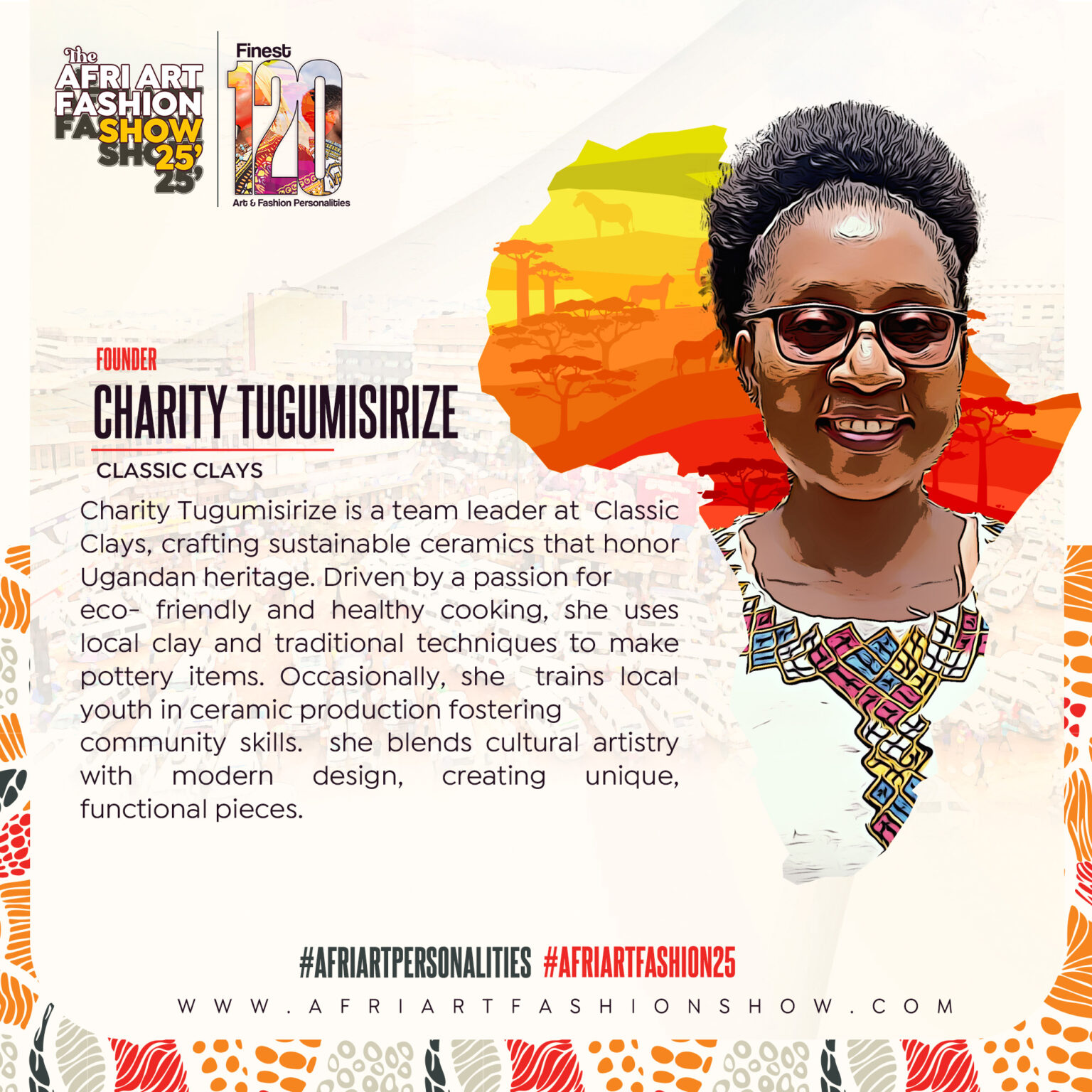“Beads have been used since antiquity, not only to dress the body, but as measures of value in economic and ritual exchanges. Their popularity has never waned, and in recent years their trade has enjoyed a world-wide revival. Beads have deep and multiple meanings: in many cultures, together with garments, they reflect age, gender and social status, and are a vehicle through which people store, exchange and transmit wealth.”
In her book, Beads & Beadmakers, Lidia D Sciama analyses techniques and gendered aspects of the making of beads, as well as their role in trade and body adornment, in a wide range of societies.
When we look at the history of Beads found in early Egyptian tombs thought to date from about 4000 B.C.E, Faience (glazed ceramic) beads appeared in Egypt’s predynastic period and continued to be made in Roman times. What were probably the earliest gold beads, going back to 3000 B.C.E., were found in the Sumerian and Indus valleys; gold beads of later date have been found in Ashanteland (Ghana) and other parts of Africa.
The use of beads in Africa can be traced back to at least 12,000 years with the earliest beads made out of eggshell, clay, twigs, stones, ivory and bone and then glass beads which were introduced later by traders from Europe, India and the Middle East. The discovery of fire was the essential step in glass bead-making which goes back over 5,000 years and today, you and I have the opportunity to design and create whatever we dream and desire out of beads.
It is obvious that for centuries, the creative industry has been quite reliant on beads as many brands and designers including myself constantly use beads to embellish their products and pieces in fashion transcending through to art and beyond. The use of beads for personal adornment, as well as for decoration of a variety of objects, has continued uninterrupted through history. Whether they are stitched on or woven into clothing and textile, or even applied on embroidery, beaders have carried on the craft across the world to keep their cultural and creative traditions alive.
Growing up in Kenya amidst many Kenyan cultures including the master of beading culture that dates back hundreds of years, ‘the Maasai culture,’ how could I not fall in love with beads?
In the Maasai culture, beadwork is considered a woman’s role. Back in time, Maasai women created beads using bones, clay, dried grass, wood, copper, brass, seeds and shells to create their traditional ornaments. However decades later, they began to use ceramic, glass and plastic beads they acquired through trade with the Europeans.
There are a number of different colours used in Maasai beadwork, and each one holds a special meaning: red signifies blood, bravery, and unity. White represents health, peace, and purity. Blue is the colour of the sky and represents energy, and green is the colour of grass, which signifies the land and production.
My BeaDazzled ‘Nyota’ collection consists of intricate hand-beaded body jewelry inspired by the Maasai culture I grew up amidst, only this time, it’s bold in all-gold. She is a head-to toe statement hand-crafted out of glass beads by one of my beaders ‘Nana’ who spent a month to create Nyota one bead at a time. She is versatile but very delicate and therefore demands special attention at all times.
